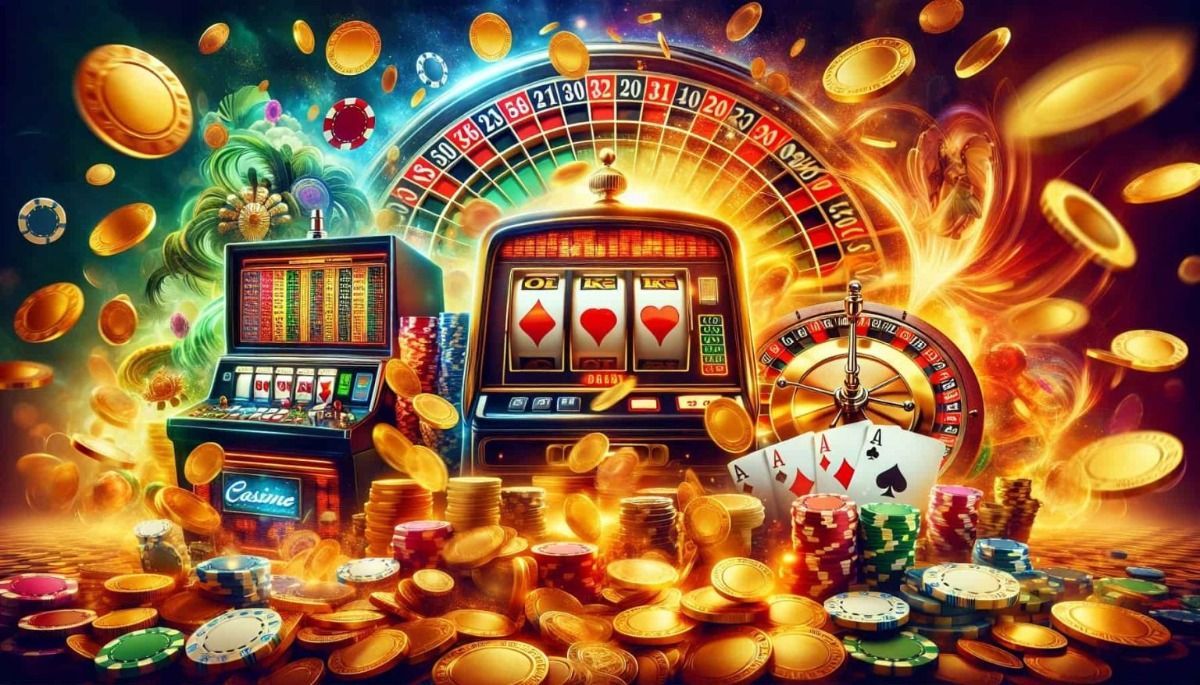In Australia, few forms of entertainment are as ingrained in the national culture as poker machines — or “pokies,” as they’re affectionately known. Whether tucked into the corner of a local pub or forming the centerpiece of a glittering casino floor, these machines have long been the beating heart of Australia’s gambling scene. Despite the rise of online betting, sports wagering, and digital casinos, pokies remain the dominant force in local casino revenue — a reality that continues to shape the country’s gambling landscape, economy, and social conversations.
The Enduring Appeal of the Pokies
To understand why pokies still reign supreme, one has to look beyond the flashing lights and spinning reels. For many Australians, pokies are not just a game — they’re a ritual, a familiar part of the local social fabric. Walking into a pub or a club, you’ll find patrons gathered around the machines, chatting between spins, or sitting quietly in focused concentration. Pokies offer a combination of simplicity, accessibility, and the tantalising possibility of instant wins.
The design of modern pokies taps deeply into human psychology. The sounds, visuals, and near-miss effects keep players engaged far longer than most other forms of gambling. Unlike table games that require skill or interaction, pokies provide a low-pressure environment where anyone can play without judgment or complexity. This accessibility has helped them maintain a wide demographic reach — from casual players to seasoned regulars — ensuring their dominance even as newer gambling formats emerge.
The Numbers Behind the Dominance
Statistically, pokies generate more gambling revenue in Australia than any other form of wagering. In fact, they account for a majority share of casino income in most states and territories. Despite a tightening regulatory environment and growing awareness of gambling harm, pokies continue to deliver billions in annual turnover.
Part of this sustained profitability comes from sheer volume. Australia has one of the highest densities of poker machines per capita in the world, with the majority located outside of major casinos. However, in the casino environment — particularly in major hubs like Sydney, Melbourne, and Brisbane — pokies are still the number-one attraction. They occupy vast areas of gaming floors, and their consistent play rates ensure a steady revenue stream that’s less volatile than table games or sports betting.
Casinos rely heavily on this consistency. While high-rollers and tourists may flock to roulette or blackjack tables, the everyday local players feeding small amounts into the pokies day after day generate the bulk of the profit. This predictable income base makes pokies the financial backbone of Australian casinos.
The Local Casino Advantage
One might assume that the rise of online gambling would cut into the pokies’ dominance, but the opposite has often been true. While digital casinos and online slot games have certainly expanded the market, local casinos maintain a unique edge: atmosphere.
A physical casino offers a multisensory experience — the hum of conversation, the sound of machines paying out, the scent of coffee or cocktails, and the social energy of a shared environment. For many Australians, this social aspect can’t be replicated online. Casinos have adapted to this by enhancing the pokies experience with comfort, convenience, and community. Free drinks, membership rewards, and entertainment events all help keep patrons returning.
Moreover, local casinos in Australia have fine-tuned their marketing and customer loyalty programs around pokies players. Tiered reward systems, point accumulation for every dollar spent, and special member-only draws or promotions have become common tactics to maintain player engagement. This customer-centric strategy has solidified the pokies as both a recreational pastime and a core part of the casino business model.
The Role of Regulation and Tax Revenue
Government regulation plays a crucial role in maintaining the pokies ecosystem — and in many ways, it contributes to their continued dominance. State governments rely heavily on gaming taxes as a revenue source, particularly from poker machines. The steady income from pokies taxes helps fund public services, infrastructure, and community programs, which makes any dramatic reduction in pokies numbers politically challenging.
Licensing frameworks also reinforce the current structure. Casinos and registered clubs are granted specific quotas for machines, and these licenses represent significant financial assets. As long as the government maintains these systems, pokies will remain a central feature of the gambling landscape.
However, this relationship is complex. On one hand, the government benefits from pokies revenue; on the other, it faces mounting pressure from public health advocates to curb problem gambling. This tension has led to incremental reforms — such as mandatory pre-commitment systems, self-exclusion programs, and limits on maximum bets — but these have yet to significantly shift the revenue balance away from pokies.
Cultural Attachment and the “Aussie Way”
Pokies are deeply woven into Australian culture. For decades, they’ve been part of social clubs, Returned Services Leagues (RSLs), and community pubs. In many towns, the local club is both a social hub and a pokies venue, creating a sense of normalcy around gambling.
Unlike the high-stakes glamour associated with casinos in places like Las Vegas, Australian pokies culture is more casual and community-based. A few spins after work, a chat with friends, or a chance to unwind with a drink — these everyday experiences make pokies less about chasing fortune and more about familiarity.
This cultural embedding makes it difficult for alternative gambling formats to fully displace pokies. Even with the rise of app-based gaming and international betting platforms, the local connection and the social accessibility of pokies continue to appeal to Australians across age groups and demographics.
The Evolution of Pokies Technology
Pokies have evolved dramatically over the years, blending technology and entertainment in ways that keep them fresh and relevant. Modern machines now feature touchscreens, immersive animations, and themes inspired by pop culture, mythology, or history. Some are linked in progressive jackpots that span multiple venues, offering enormous potential payouts that drive excitement.
Casinos have embraced these technological advancements to attract a broader audience. Younger players, who might be less interested in traditional machines, are drawn in by dynamic graphics, interactive bonus rounds, and digital soundtracks. The fusion of gaming and technology keeps pokies aligned with modern entertainment trends while maintaining their core simplicity.
Cashless gaming systems are also becoming more common, reflecting broader societal shifts towards digital payments. This transition could further entrench pokies’ position, as it streamlines the player experience and integrates easily with loyalty and rewards programs.
The Social and Economic Impact
There’s no denying that pokies contribute significantly to local economies — not just through casino revenues, but through employment, tourism, and tax income. However, they also bring social costs. Problem gambling remains a persistent issue in Australia, and pokies are frequently cited as a leading contributor.
Casinos have responded by implementing responsible gambling initiatives, including support hotlines, on-site counselling services, and limits on playtime or spending. While these measures help, critics argue that they don’t fully offset the addictive nature of the machines. Still, as long as the economic benefits remain substantial, pokies are likely to remain a permanent fixture of Australia’s gambling environment.
The Future of Pokies in Australia
Looking ahead, the pokies industry faces a balancing act between maintaining profitability and responding to social responsibility demands. Calls for tighter restrictions, cashless play monitoring, and reduced machine numbers continue to grow. Yet, history suggests that pokies have an uncanny ability to adapt — not just to regulatory shifts, but to changing tastes and technologies.
Local casinos are already exploring ways to modernize their pokies floors with hybrid entertainment spaces, integrating dining, live shows, and digital interactivity. The future may see pokies evolve even further into immersive entertainment experiences that blend gaming with social engagement.
Ultimately, pokies are unlikely to lose their crown anytime soon. They’ve become more than just a game — they’re a cornerstone of Australia’s gambling identity, a steady economic engine, and a deeply rooted part of the national leisure culture.
Final Thoughts
In Australia’s local casinos, the pokies still reign supreme — not by accident, but through a powerful combination of cultural familiarity, psychological design, technological evolution, and economic significance. While new forms of gambling continue to grow, nothing has yet matched the simple, rhythmic allure of the spinning reels. For better or worse, pokies remain the cornerstone of casino revenue, reflecting both Australia’s love for easygoing entertainment and its complicated relationship with gambling itself.
As debates about regulation, responsibility, and modernization continue, one thing is certain: the sound of the pokies will keep echoing through Australian casinos for many years to come.




